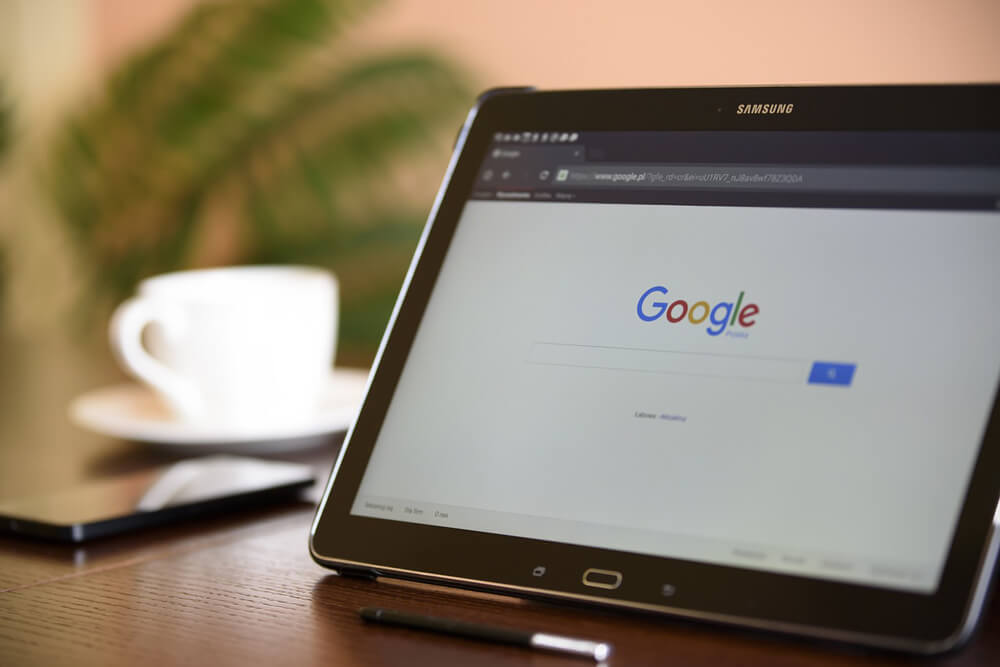Content is the second of the three pillars of SEO. SEO Content optimization is a fundamental aspect of SEO that focuses on enhancing the quality and relevance of the content on your website.
Search engine crawlers analyze the entire content and layout of pages, and thanks to machine learning, they can easily figure out the meaning of texts and assign quality judgments to a site’s content.

Content Audit
To ensure that your website’s content meets the standards set by search engines, our specialists can conduct a comprehensive Content Audit. This audit involves analyzing the existing content on your website, assessing its relevance, structure, keywords usage, and readability. We look at all substantive aspects that influence the findability of your website; for example page titles, meta data, alt tags, and visual elements such as images and favicons. In addition, we take a close look at how site-wide body content is handled.
Implementing the advice given in the Content Audit will ensure that the site will be perceived as being qualitatively stronger by search engines and will be positioned higher within the organic search results on relevant search terms.

Why is SEO Content optimization important?
A website’s content plays a critical role in how search engines such as Google evaluate and rank it. Here are some key reasons why content optimization matters:
Adhering to the E.E.A.T principles
Google’s August 2018 Algorithm Update – also known as the “Medic Update” – had the purpose of emphasizing and improving the expertise, authority, and trustworthiness (E-A-T) of ranking pages. It is a concept used by Google to evaluate the quality and credibility of websites. A large aspect of E-E-A-T – nowadays with an extra ‘E’ for Experience – is focused on good quality and trustworthy content.
Well-optimized content allows you to showcase your expertise in your industry or niche. By providing valuable insights, addressing common questions, and offering unique perspectives, you can establish your website as a reliable source of information and build trust with your audience. This can lead to increased brand authority and loyalty over time.


Improved Search Engine Visibility
By optimizing your content for relevant keywords, using the right search intent, you can increase the visibility of your website in search engine results. Well-optimized content aligns with the needs and queries of your target audience, helping search engines understand its relevance and rank it higher for relevant search queries.
Enhanced User Experience
Content optimization focuses on creating unique, high-quality, engaging, and user-friendly content. By addressing user needs, providing valuable information, and presenting it in a readable format, you can enhance the user experience on your website. This, in turn, encourages longer visit durations, lower bounce rates, and increased user satisfaction, possibly leading to a growth in sales or conversions.
Increase in Organic Traffic
When your content aligns with user search intent and ranks higher in search engine results, it attracts more organic traffic to your website. Optimized content helps drive targeted visitors who are actively seeking the information or solutions you offer, increasing the likelihood of conversions and business growth.
What are important aspects of SEO Content optimization?
- Page Titles: defining the titles of webpage, page titles play a crucial role in SEO Content optimization as they provide a concise and descriptive summary of the page’s content, helping search engines understand the topic and relevance of the page.
- Meta Data: each web page features several meta tags, including meta descriptions and meta keywords. Together, they provide additional information about the pages. Optimizing meta data involves crafting compelling and concise descriptions that entice users to click on the search result and incorporating relevant keywords to improve visibility in search engine results.
- Header Texts: represented by HTML header tags (H1, H2, etc.), headings organize the structure and hierarchy of content on a webpage. Proper usage of header texts enhances readability, helps search engines understand the content’s organization, and improves SEO by highlighting important sections.
- Page Content: optimizing the textual information present on a webpage involves creating high-quality, relevant, and engaging text that addresses user search intent, incorporates targeted keywords naturally, and provides valuable information or solutions to the audience. It also means taking a critical look at zero-content pages, doorway pages, and other potential onpage clutter.
- Visual Content: optimizing images, videos, infographics, favicons, and other multimedia elements used on a webpage ensures that visual elements enhance the overall user experience and support the content’s message. This involves optimizing file sizes for faster loading, utilizing descriptive alt tags for images, and more.
- Micro Content: writing copy for social media means creating bite-sized pieces of content designed to capture attention and engage users on social media platforms. It includes elements such as social media captions, hashtags, and handles that convey key messages, evoke emotions, and encourage user interaction in a concise and impactful way.

